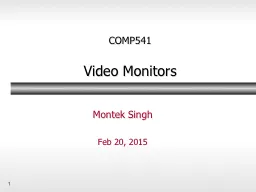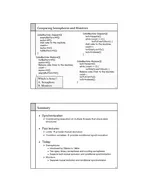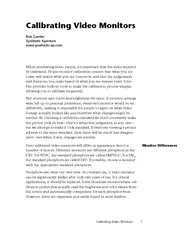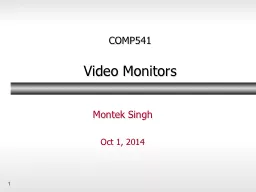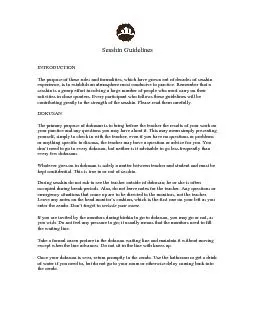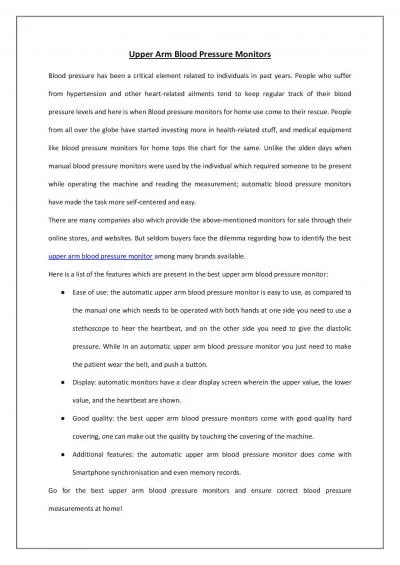PPT-1 COMP541 Video Monitors
Author : myesha-ticknor | Published Date : 2018-02-23
Montek Singh Feb 20 2015 Outline Last Friday s lab Tipsdiscussion How to generate video signal 2 How about making a BCD stop watch Each digit counts 0 to 9 and
Presentation Embed Code
Download Presentation
Download Presentation The PPT/PDF document "1 COMP541 Video Monitors" is the property of its rightful owner. Permission is granted to download and print the materials on this website for personal, non-commercial use only, and to display it on your personal computer provided you do not modify the materials and that you retain all copyright notices contained in the materials. By downloading content from our website, you accept the terms of this agreement.
1 COMP541 Video Monitors: Transcript
Download Rules Of Document
"1 COMP541 Video Monitors"The content belongs to its owner. You may download and print it for personal use, without modification, and keep all copyright notices. By downloading, you agree to these terms.
Related Documents

